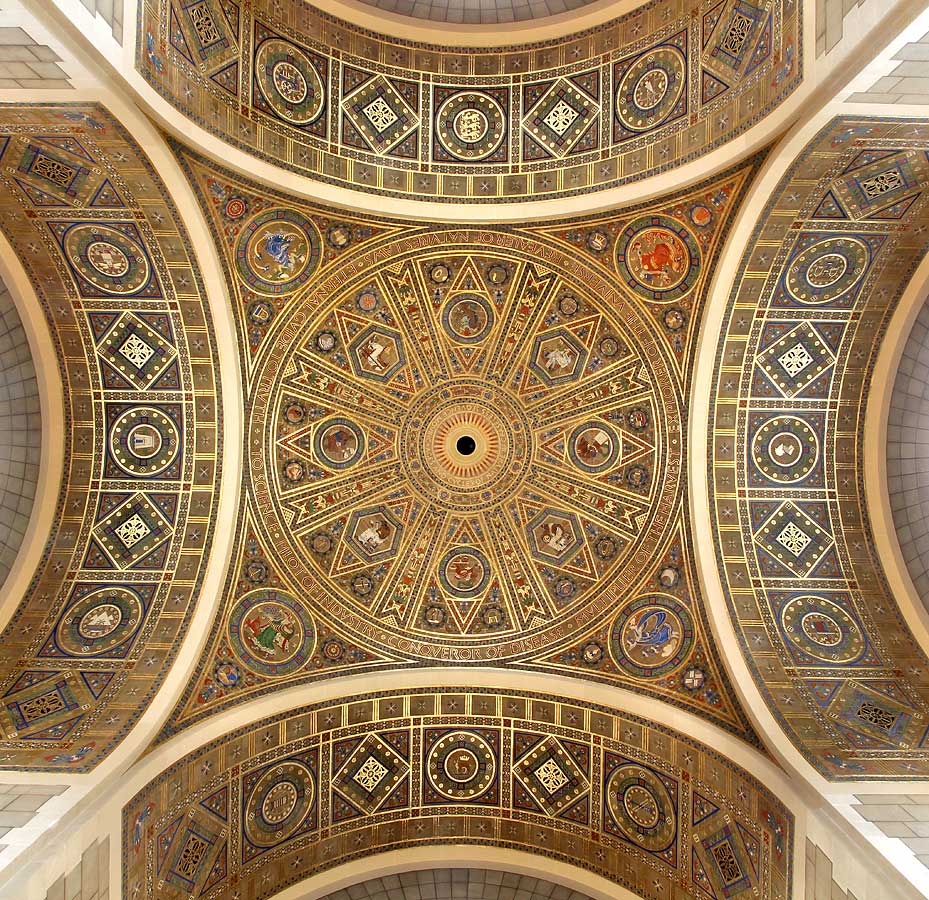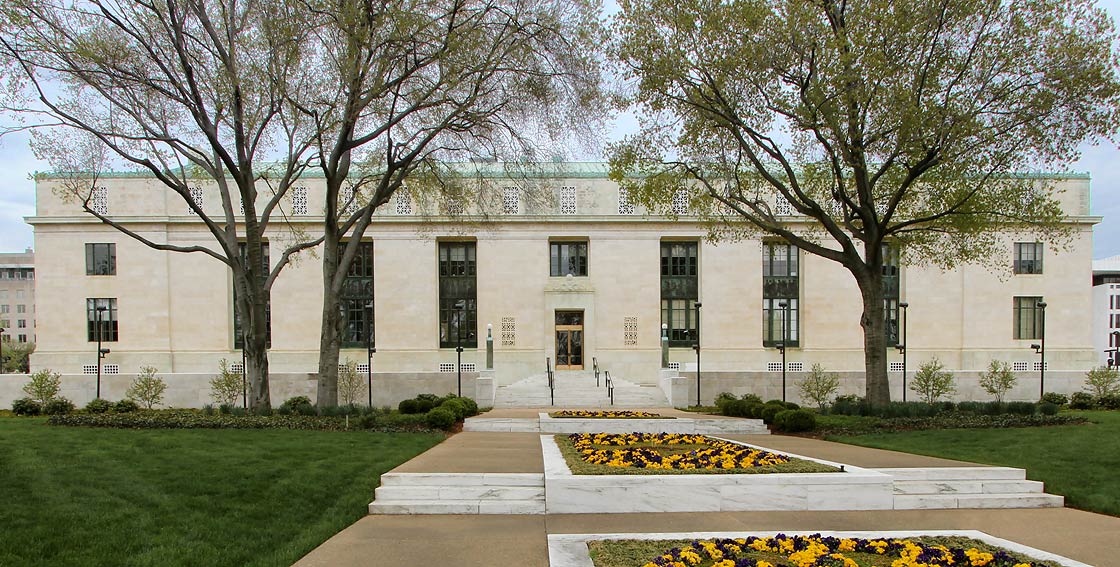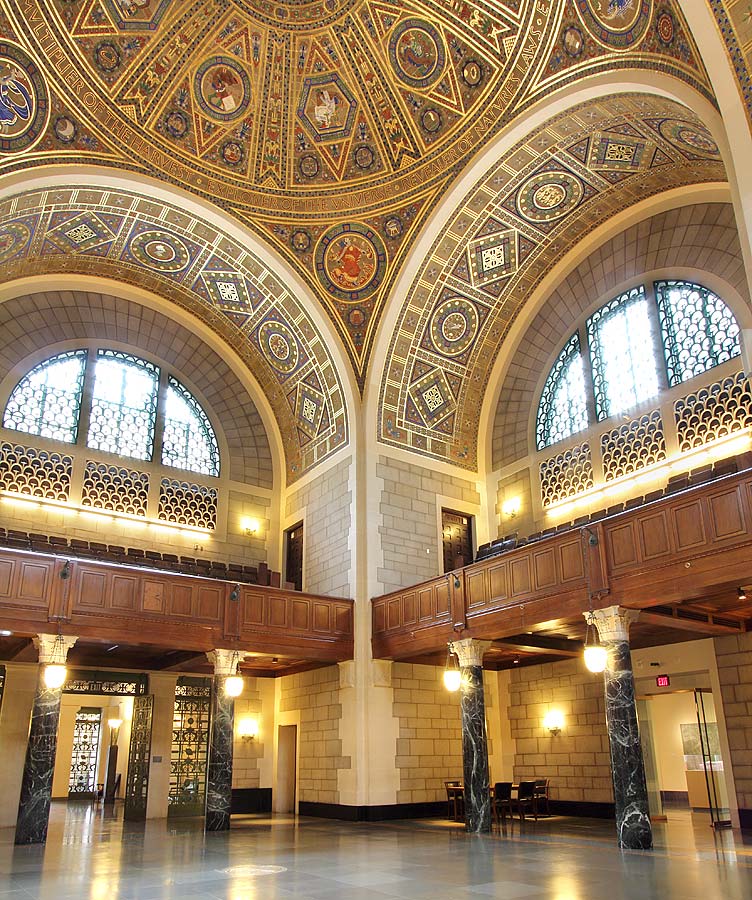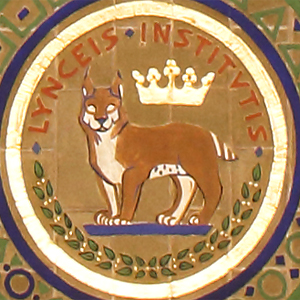Hildreth Meière Documentary Series - Watch Trailer
Hildreth Meière Documentary Series - Watch Trailer
Commissioned by: Bertram Grosvenor GoodhueIconographer: National Academy Building CommitteeArtistic Collaborator: Bertram Grosvenor GoodhueMedium: painted and gilded raised gesso on Guastavino acoustic plaster (tile)Executed by: R. Guastavino; Mack, Jenny & TylerAdditional fabricators: R. Guastavino, acoustic plaster

Dome, pendentives and arch soffits of Great Hall in painted and gilded raised gesso
Architect Bertram Grosvenor Goodhue gave Hildreth Meière her first major architectural commission, the decoration of the Great Hall of the National Academy of Sciences.1 She intuitively grasped the collaborative role that Goodhue required. Her job was to enhance his vision of a building by depicting an iconography in visually striking symbols that would convey the building’s purpose and be integral to the architecture.

Bertram Grosvenor Goodhue, National Academy of Sciences, 1924

Interior of Great Hall
The iconography of the dome is the History of Science as Known in 1922. On the pendentives Meière depicted the Four Elements. Lastly, Meière decorated the arch soffits or undersides of the arches symbols of the Four Ancient Academies of Science: Accademia dei Lincei, Rome; the Royal Society of London; Académie des Sciences, Paris; and Museum of Alexandria, together with examples of their achievements.

Museum of Alexandria

Royal Society of London

Accademia dei Lincei, Rome

Académie des Sciences, Paris
For the Accademia dei Lincei, Rome, Meière depicted Volta’s electric pile and Galileo’s telescope; for the Royal Society of London, Newton’s prism and Watt’s steam engine; for the Académie des Sciences, Paris, Daguerre’s camera, and the flask in which Pascal weighed air; and for the Museum of Alexandria, pyramids and and the great lighthouse of Alexandria.2
Goodhue died in April 1924, just days before the dedication of the National Academy. Meière readily acknowledged her debt to him:
Goodhue believed that the great building would result from the architect who had found the right sculptor and the right painter....he had no regular painter, and he said to me when I first worked for him, ‘I’ve been looking for you for years.’ I only did three jobs for him, but the association with him and his ideas were a determining factor in my work and career.3
For a full discussion, see Catherine Coleman Brawer and Kathleen Murphy Skolnik, The Art Deco Murals of Hildreth Meière (New York: Andrea Monfried Editions, 2014): 44-58.
The iconography is described in The Great Hall at the National Academy of Sciences, (Washington, DC: National Academy of Sciences, n.d.).
Meière, letter to Mr. Thompson, May 23, 1936, Hildreth Meière Papers, Archives of American Art, Smithsonian Institution, Washington, DC.

National Academy of Sciences
2101 Constitution Avenue, NW
Washington, DC 20001